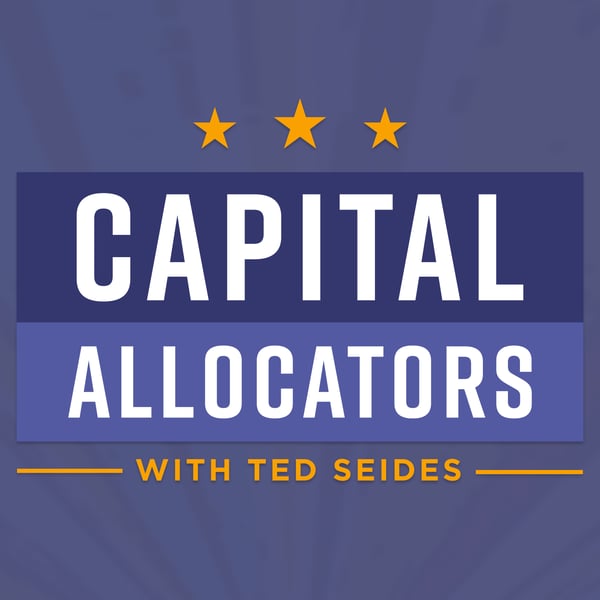WTT: The Real Yale Model
Capital Allocators – Inside the Institutional Investment Industry
Ted Seides – Allocator and Asset Management Expert
4.8 • 806 Ratings
🗓️ 9 September 2023
⏱️ 16 minutes
🧾️ Download transcript
Summary
Investors have played the game of telephone with David Swensen’s Pioneering Portfolio Management. Re-reading his book offers insights that differ from interpretations of the Yale Model.
Read Ted’s blog here.
Transcript
Click on a timestamp to play from that location
| 0:00.0 | A few weeks ago, somewhere on a sunny beach, I sat down with David Swenson's revised edition |
| 0:10.6 | of pioneering portfolio management that he wrote just before the financial crisis and published |
| 0:15.9 | in 2009, nine years after his original work. I found a few gems in his words that struck me as |
| 0:23.0 | quite different from how his teachings were interpreted by the industry. This blog highlights |
| 0:28.2 | those differences. The Real Yale Model. Investors following David Swenson too often missed the mark |
| 0:36.6 | in their interpretation of his theory. |
| 0:39.2 | Like children playing the game telephone, they listen to other voices and echo beliefs with |
| 0:44.3 | shakier foundations than Yale's. Anyone adopting the Yale model is well served to revisit |
| 0:50.9 | David's writing from time to time. I had a chance to do that and found perspectives |
| 0:56.0 | on illiquid investments, asset allocation, active management, private equity, and rebalancing |
| 1:02.1 | that differ from the conventional wisdom that defines the Yale model. The Yale model in David |
| 1:09.0 | Swenson's words. |
| 1:16.6 | David's ability to articulate and act on an investment philosophy based on academic research was the foundation of his greatness. Reading the revised edition of pioneering portfolio |
| 1:22.2 | management reminded me of the clarity of his ideas and depth of his insight. David put forth a framework for |
| 1:30.6 | thinking about the investment problem and shared how he applied that framework to managing Yale's |
| 1:35.8 | endowment. He wrote about an investment strategy for educational endowments with a perpetual |
| 1:41.0 | time horizon, articulating a series of first principles. |
| 1:46.1 | This core of the Yale model, in his words, are as follows. |
| 1:50.7 | 1. Equity bias. Sensible investors approach markets with a strong equity bias, |
| 1:57.1 | since accepting the risk of owning equities rewards long-term investors with higher returns. |
| 2:03.5 | 2. Diversification. Significant concentration in a single asset class poses extraordinary risk to |
| 2:10.5 | portfolio assets. Portfolio diversification provides investors with a free lunch, since risk can be |
... |
Please login to see the full transcript.
Disclaimer: The podcast and artwork embedded on this page are from Ted Seides – Allocator and Asset Management Expert, and are the property of its owner and not affiliated with or endorsed by Tapesearch.
Generated transcripts are the property of Ted Seides – Allocator and Asset Management Expert and are distributed freely under the Fair Use doctrine. Transcripts generated by Tapesearch are not guaranteed to be accurate.
Copyright © Tapesearch 2025.

